Oregon Legislature passes coal transition bill; coal power out by 2035, 50% renewables by 2040
Green Car Congress
MARCH 3, 2016
The Oregon Legislative Assembly approved a landmark bill that will commit the state to eliminate its use of coal power by 2035 and double the amount of renewable energy serving Oregonians to 50% by 2040.




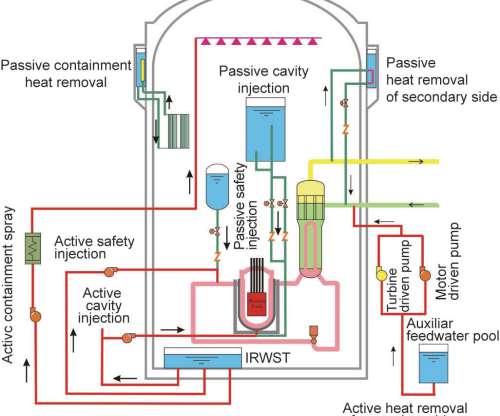
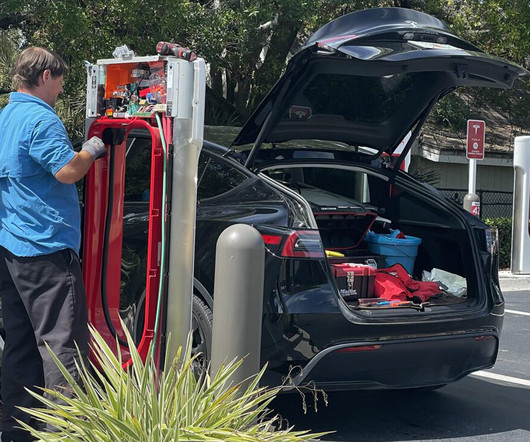














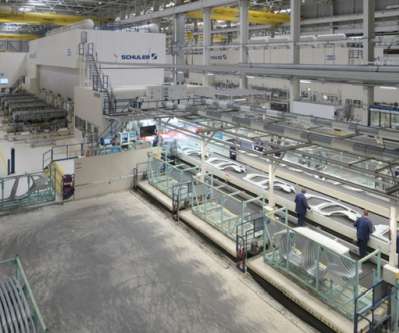


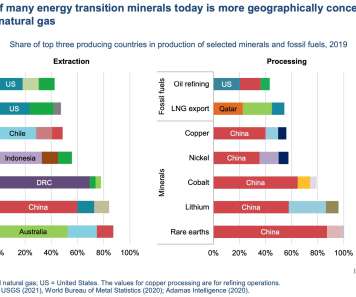

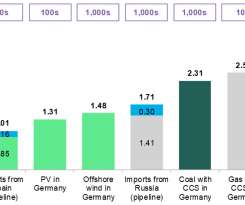







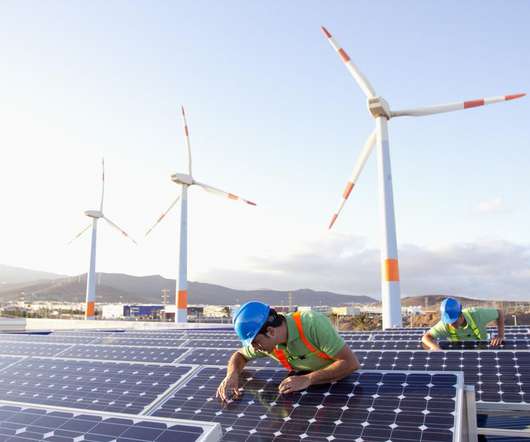






Let's personalize your content